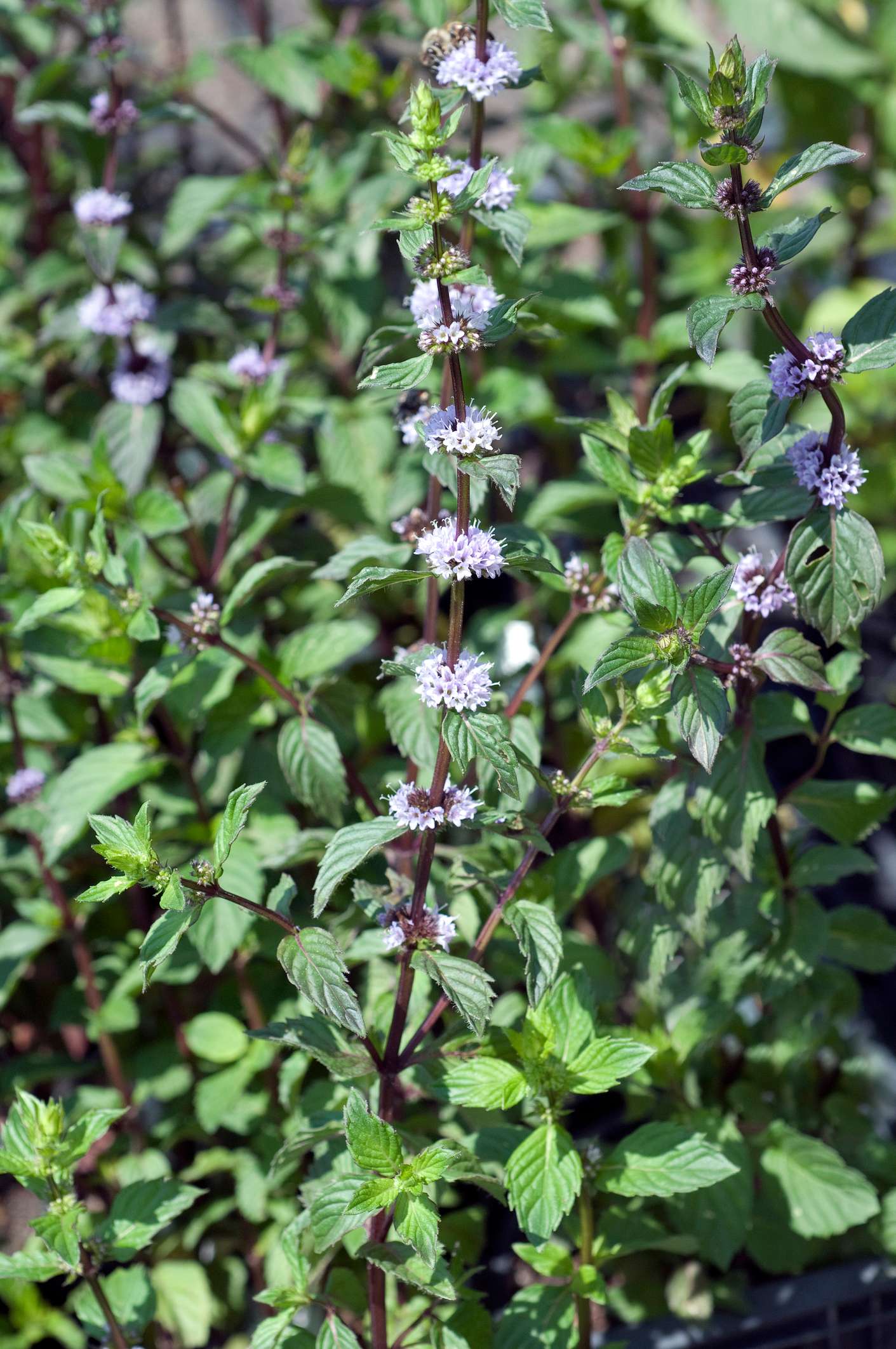Basics
Peppermint belongs to the herbal medicines (phytopharmaceuticals) and has an antispasmodic, digestive and antiflatulent effect. It is used to treat digestive problems. The dried leaves of peppermint (Menthae piperitae folium) are used to make tea or peppermint oil (Menthae piperitae aetheroleum). The ingredients are menthol, other monoterpenes, labiate tannins, flavonoids and triterpenes. Besides teas and oil, there are other peppermint preparations such as drops, ointments, creams, capsules, and mouthwashes.



